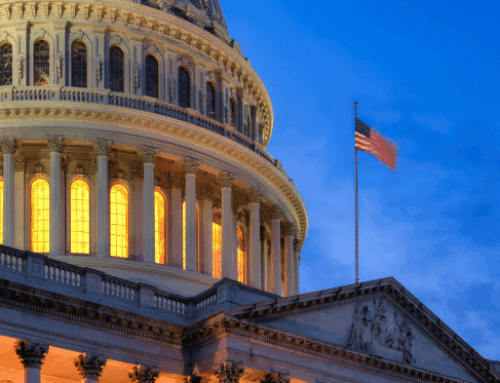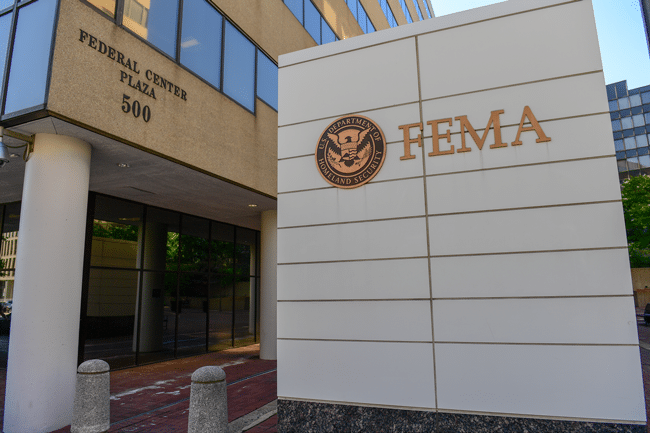Nearly five weeks after President Biden sent Congress an “emergency” supplemental spending request covering recovery operations in the Port of Baltimore and various natural disasters, there is no indication Congress will address the request any time soon. The House is in recess until September and the Senate is scheduled to depart for August recess on August 1. While Senate Appropriations Committee leaders announced an agreement to provide $36.5 billion ($21 billion in defense and $13.5 in non-defense) emergency spending funds, more than three weeks since the announcement, text of a supplemental has yet to be released.
Contents of a supplemental, whatever they are, will fall far short of what the President requested in emergency funds. In his June 2024 letter the President requested an additional $4 billion to respond to the Key Bridge collapse. His letter, however, also reiterated the need for emergency funds in areas the administration identified in the fall of last year, but which were not included in the $95 billion supplemental spending bill enacted in April 2024. This includes more than $54 billion in domestic priorities and $13.6 billion in border security and refugee assistance funds.
Much of the gulf between $67 billion in emergency needs identified by the President and the potential $13.6 billion in domestic spending the Senate has announced can be accounted for by jettisoning requests with little likelihood in an election year. Congress has punted on providing additional funds for border security, for which the President requested $13.6 billion in emergency funding. Big ticket items to extend programs passed in the wake of COVID-19, like $16 billion in childcare assistance and $6 billion for internet connectivity, are not expected to gain traction. And even spending in response to natural disasters, such as replenishing FEMA’s Disaster Relief Fund and income subsidies to farming businesses, are often made months or years after the initial disaster event as the agencies can shift existing funds to prioritize life-saving disaster response and full accounting of losses happens after the disaster concludes.
On the defense side of the potential supplemental, appropriators are likely to align most of the spending to the Senate Armed Services Committee’s version of the National Defense Authorization Act (NDAA). When the committee advanced its draft of the NDAA earlier this summer, it added $25 billion to the Pentagon’s topline request, funding that was largely based on a proposal by Sen. Roger Wicker (R-MS) to add $55 billion to the Pentagon budget this year.
We opposed that plan when it was first released for a number of reasons, but now that much of that funding seems poised to come in the form of emergency spending, we have yet another reason to oppose it. As we’ve argued before, emergency spending should be reserved for true emergencies, not used to spend more on issues that could have been budgeted for in the normal budget process. In the case of the proposed $21 billion for defense in the emergency spending package, appropriators are using emergency spending with the explicit goal of circumventing legally mandated budget caps agreed to last year. As Sen. Susan Collins (R-ME), the ranking member of the Senate Appropriations Committee, bluntly put it, “This will be emergency funding so it will not break the caps.”
Whatever the merits of the specific spending included in the supplemental package may be (and we have our doubts about some of what we expect to see), using emergency funds to circumvent budget caps is the antithesis of fiscal responsibility. With the national debt reaching $35 trillion this week, and interest payments on that debt set to surpass military spending this year, this is no time for a Pentagon spending spree masquerading as an emergency.
For a full accounting of outstanding emergency supplemental spending requests by Agency and account, see below:










